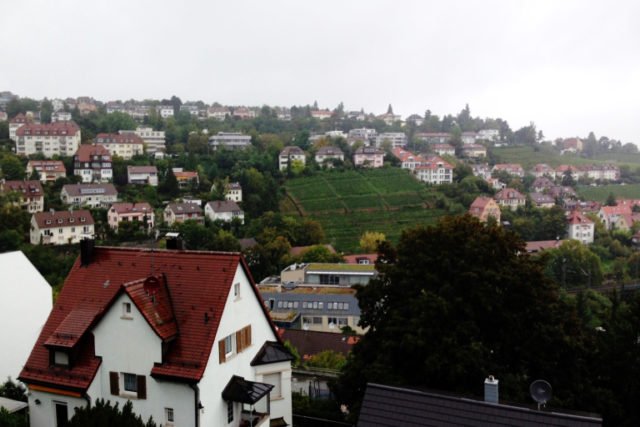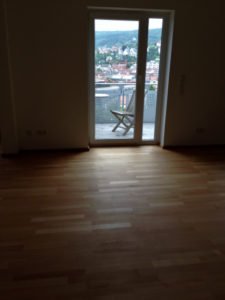
USAREUR G3 Antiterrorism Division
House hunting? Consider these common sense suggestions for home selection off-post, and emergency planning tips to enhance your family’s safety and protection.
Prior to selecting a location:
- Use an internet mapping tool such as google maps to verify the selected location provides more than one entry/exit route.
- Determine availability of adequate, nearby parking.
- Ensure there are no major industrial areas within close proximity of selected residence.
Safety and security question to ask:
- Ask local security agencies, such as Military Police, Antiterrorism Officer, or G2 / S2 about security concerns within selected area.
- Conduct a terrain walk of selected area, look for signs of attempted break-ins on doors and windows.
- Does the neighborhood generally seem to be safe and well kept, or does it look run down and unsafe (check residence during daylight hours and hours of darkness)?

Dwelling layout considerations:
- Overall look and appearance, verify adequate general maintenance, such as no broken windows or damaged doors.
- If necessary, verify fire escapes / exits are available and functioning, and ensure they can be secured.
Test lighting inside and out:
- Check area lighting, are street lights installed (check during hours of darkness).
- Check residence lighting, does the residence have exterior lighting / interior lighting.
- Check entrance ways, hallways, walkways, parking areas, elevators, stairwells, mail areas, and laundry areas for adequate lighting.
DON’T S
- Don’t choose a dwelling near an industrial zone, power plant, or other hazards i.e., flood zones increases the likelihood of damage due to fallout from man-made/natural disaster.
- Don’t choose a dwelling located on a dead-end street. It limits emergency entry and exit and could increase likelihood of house break-ins.
- Avoid dwellings with unsecured underground parking. It can increase the effect of vehicle borne improvised explosive devices.
- Don’t choose a dwelling with obvious signs of forced entry or attempted forced entry, such as scratches on doors, putty around latches and window frames.
DO’S
- Ensure the dwelling has multiple entry / exit doors to provide emergency escape alternatives.
- Ensure all exterior doors have dead-bolt type locks.
- Ensure all doors and frames are heavy and solidly constructed.
- Ask if lock cylinders can be changed.
- Ensure the entrance door has a peephole or intercom system.
- Windows with grills, bars, or horizontal blinds installed provide greater security.
- Ensure windows can be secured from the interior.
- Built-in security alarm systems can help deter break-ins.
- Ensure the dwelling has fire or smoke detectors / alarms installed, and purchase fire extinguishers if not already present in the dwelling.
- Good external lighting can provide additional security.
- Fences may deter theft and add privacy.
- Consult with personnel within your local housing office, security officials, and your local Antiterrorism Officer prior to, during, and when making a final selection.
Once moved in, remember to make an emergency plan with your family, neighbors or place of work.
- Create an emergency contact list that is easily accessible, or that you can carry with you in your wallet or phone.
- Establish meeting spots near your home and in town but further away.
- Make sure everyone knows where to go. If necessary, draw a map and discuss with family members.
- Make an emergency kit that is always ready to go when you are.
